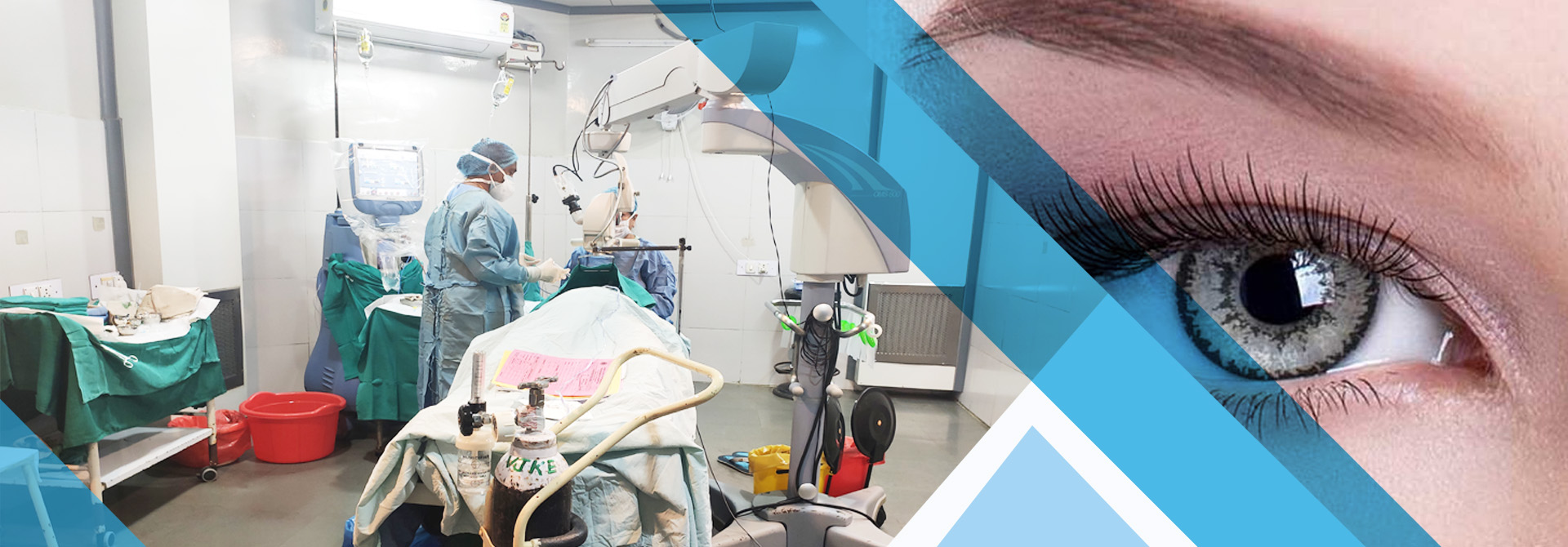

Introduction
Cataract surgery is one of the most commonly performed surgical procedures worldwide, and it's renowned for its high success rate and minimal risk of complications. However, like any surgical intervention, it comes with a recovery period that varies from person to person. Understanding the recovery timeline, what to expect during each stage, and how to optimize healing is essential for patients preparing to undergo this procedure.
In this comprehensive blog post, we will delve into the recovery time for cataract surgery, provide tips for faster healing, explain potential complications, and outline what patients can do to ensure a smooth recovery.
Understanding Cataracts and Surgery
A cataract is a clouding of the eye's natural lens, leading to blurry vision, faded colors, difficulty with night vision, and frequent changes in prescription lenses. Cataracts are a normal part of aging, though they can also result from trauma, certain medical conditions like diabetes, prolonged exposure to UV light, or use of corticosteroids.
Cataract surgery involves removing the clouded lens and replacing it with a clear artificial intraocular lens (IOL). It is typically performed on an outpatient basis and takes about 15 to 30 minutes per eye. Although the surgery itself is quick and painless for most, recovery is an essential part of the process and shouldn’t be underestimated.
The Phases of Recovery After Cataract Surgery
1. Immediate Post-Surgery Phase (Day 1 - 3)
What to Expect:
- Blurry or distorted vision
- Watery eyes or mild discomfort
- Light sensitivity
- Red or bloodshot eyes
Care Instructions:
- Use prescribed eye drops (antibiotic, anti-inflammatory)
- Wear protective eye shield, especially during sleep
- Avoid touching or rubbing the eye
- Rest and avoid strenuous activities
Patients are usually able to go home within an hour or two after surgery. A follow-up appointment is generally scheduled for the next day.
2. Early Recovery Phase (Day 4 - Week 1)
What to Expect:
- Gradual improvement in vision
- Reduced redness and discomfort
- Initial adaptation to the new intraocular lens
Care Instructions:
- Continue using prescribed medications
- Avoid water entering the eyes (showering carefully)
- No heavy lifting, bending over, or intense exercise
- Wear sunglasses outdoors to protect against UV light
Most patients report significant improvement in vision within the first week. However, caution is still required to prevent any trauma or infection.
3. Intermediate Recovery Phase (Week 2 - 4)
What to Expect:
- Sharper, clearer vision
- Return to most normal daily activities
- Possible dry eye symptoms or mild halos
Care Instructions:
- Eye drops may be reduced as per doctor’s advice
- Gradual resumption of work, driving, and screen use
- Monitor for any signs of infection or inflammation
By this stage, most of the initial healing is complete, and patients feel comfortable resuming their usual lifestyle, albeit cautiously.
4. Full Recovery Phase (1 - 3 Months)
What to Expect:
- Full visual acuity
- Adjustment to vision without glasses or need for minor correction
- Final post-op checkup to evaluate long-term results
Care Instructions:
- Follow any remaining prescriptions or eye care routines
- Discuss with the doctor about glasses for near or distance vision, if required
In rare cases, some patients might require a procedure called YAG laser capsulotomy to correct posterior capsule opacification (PCO), a common side effect that can develop months or even years after surgery.
Factors Influencing Recovery Time
Not all cataract surgeries are the same. The recovery time can be influenced by several factors:
- Age and overall health: Older patients or those with chronic conditions like diabetes may take longer to heal.
- Type of cataract: Harder or mature cataracts might need more complicated surgery.
- Surgical technique used: Laser-assisted surgeries might offer quicker recovery.
- Patient compliance: Following post-operative instructions diligently plays a major role.
- Complications: Infections, inflammation, or retinal issues can prolong healing.
Tips for a Smooth Recovery
- Adhere to Eye Drop Schedule: This helps prevent infection and reduce inflammation.
- Avoid Contaminants: Stay away from dusty or dirty environments.
- Limit Screen Time: Excessive screen use may cause eye strain.
- Eat a Healthy Diet: Nutrients like vitamin A, C, E, and omega-3s support eye health.
- Stay Hydrated and Rested: General health contributes to faster recovery.
- Report Abnormal Symptoms Promptly: Pain, sudden vision loss, or floaters need immediate attention.
Potential Complications and Warning Signs
Although cataract surgery is generally safe, complications can occur. Recognizing warning signs early ensures timely medical intervention.
Red Flags Include:
- Persistent pain not relieved by medication
- Vision worsening instead of improving
- Increased redness, discharge, or swelling
- Flashes of light or new floaters
- Nausea, vomiting, or headache (signs of increased eye pressure)
If any of these symptoms are noticed, patients should contact their ophthalmologist immediately.
Long-Term Outlook After Cataract Surgery
For most individuals, cataract surgery is life-changing. Vision is not only restored but often improved significantly. Some patients may no longer need glasses for distance vision, although reading glasses might still be required.
Cataracts do not return, but posterior capsule opacification (PCO) might mimic cataract symptoms later on. Fortunately, it is easily treated with a quick, non-invasive YAG laser procedure.
Conclusion
Cataract surgery is a routine, highly effective procedure with a relatively short recovery time. Most patients experience noticeable improvements in vision within the first few days, and complete healing typically occurs within 4 to 8 weeks. However, recovery depends on several personal and procedural factors. By closely following medical advice and observing any warning signs, patients can ensure a smooth, complication-free recovery and enjoy the full benefits of restored vision.
